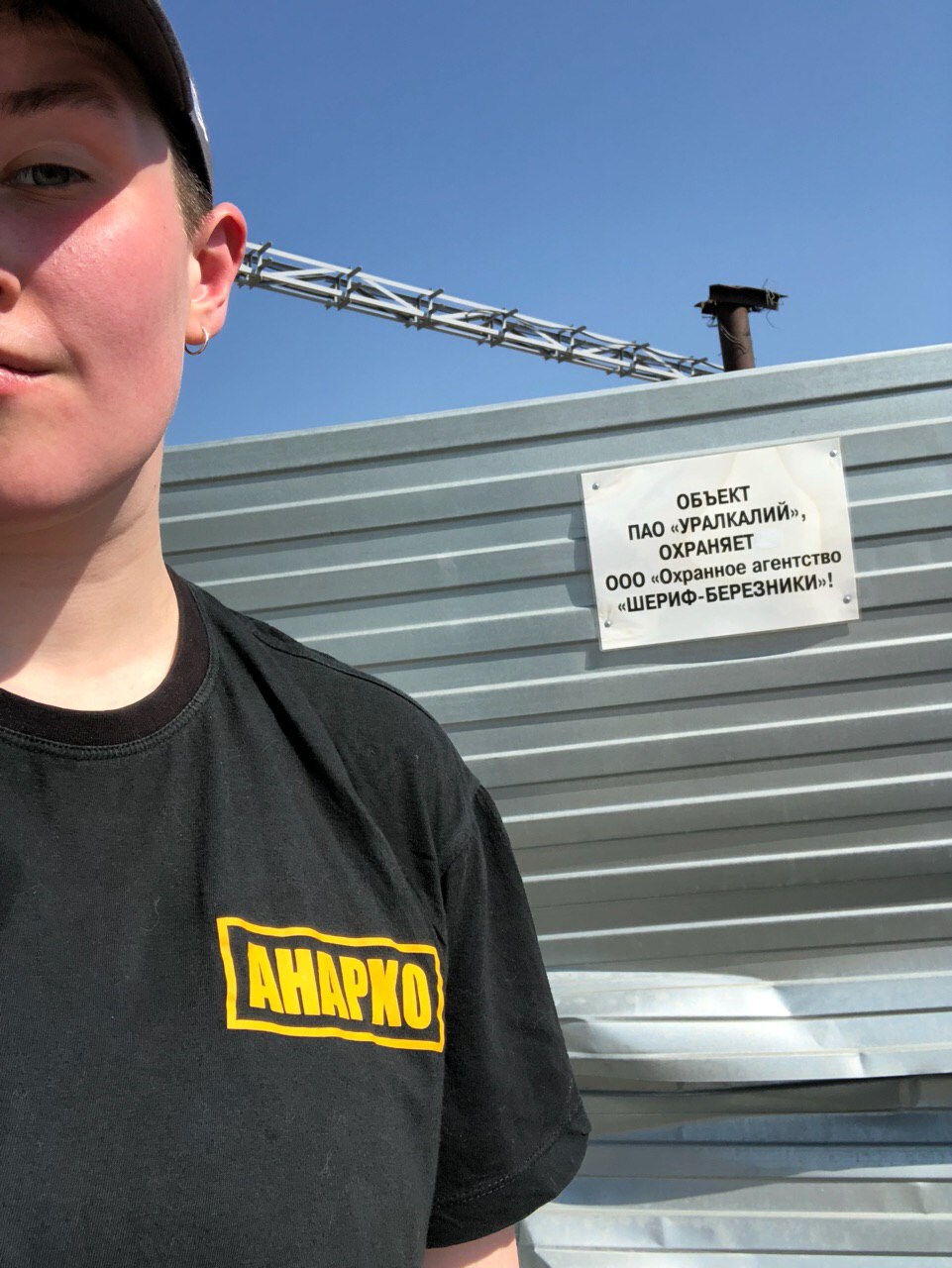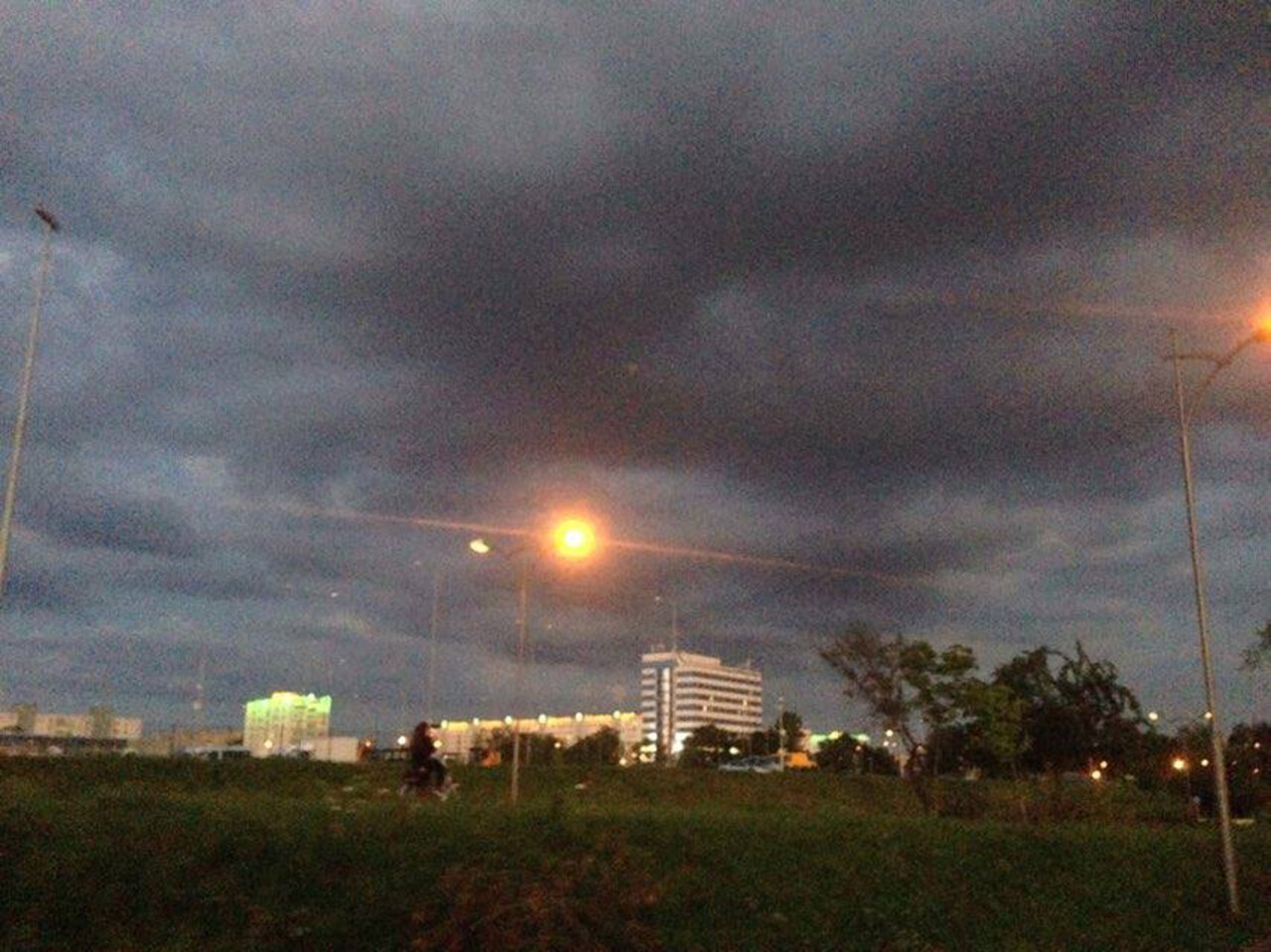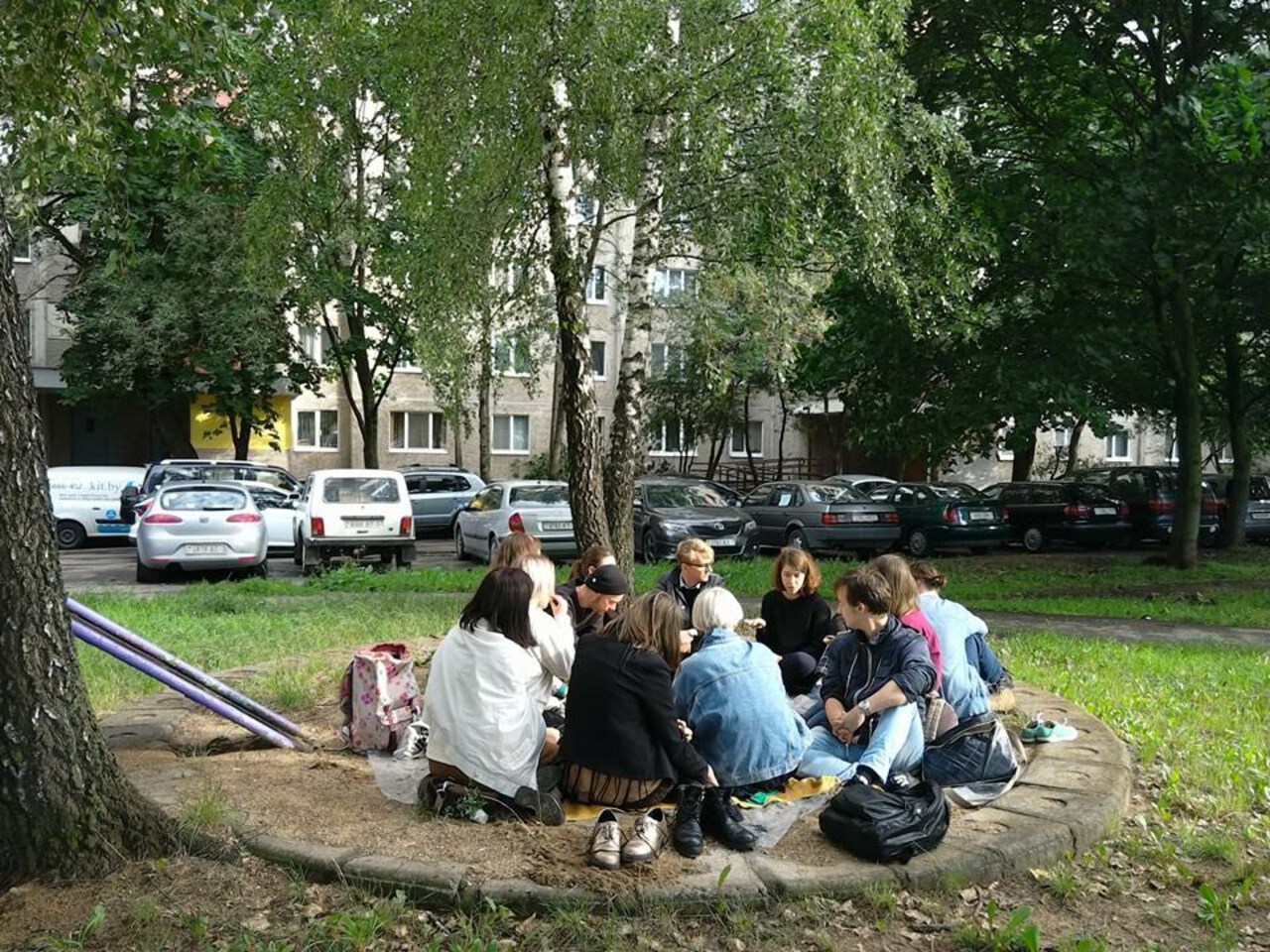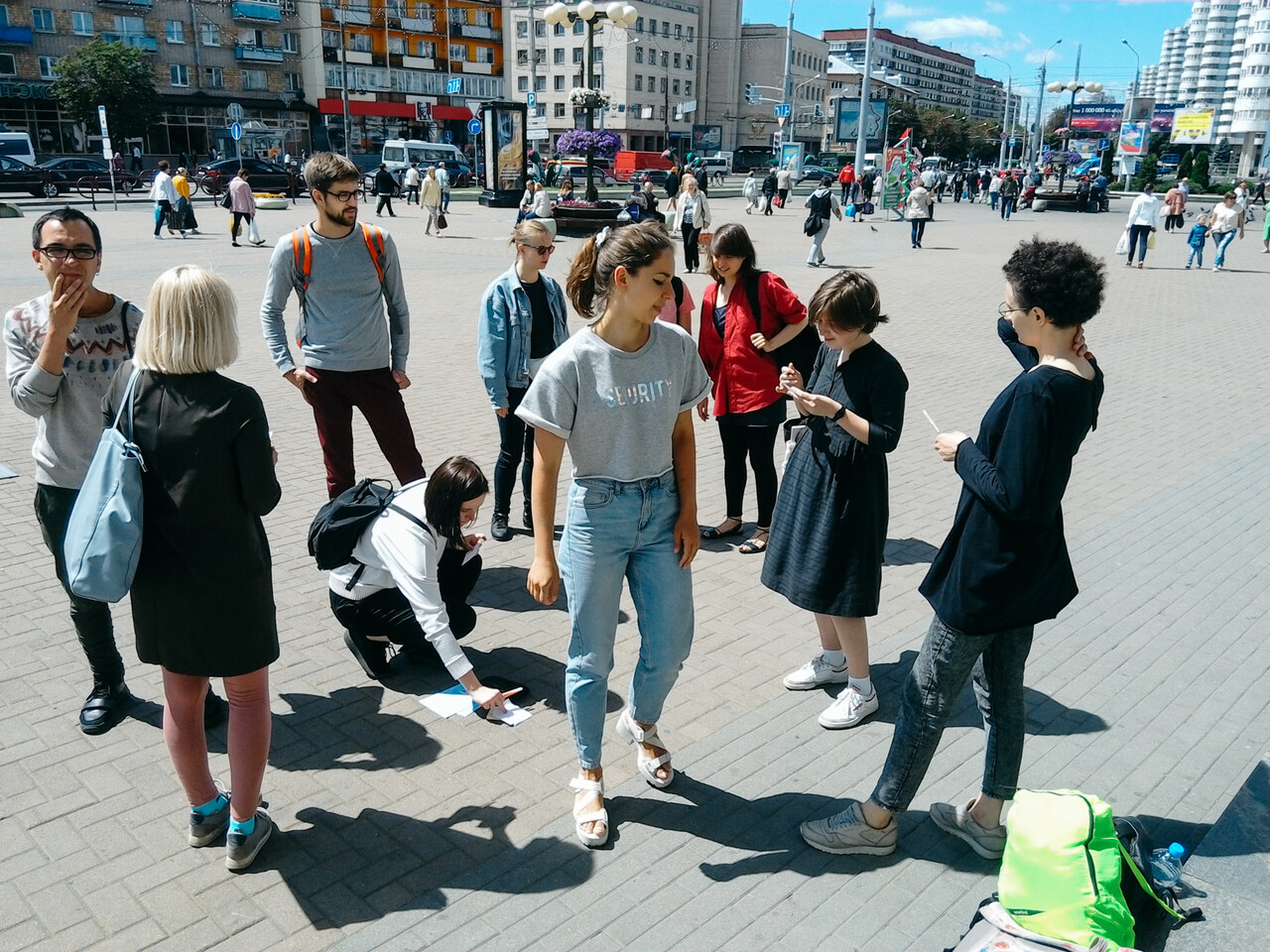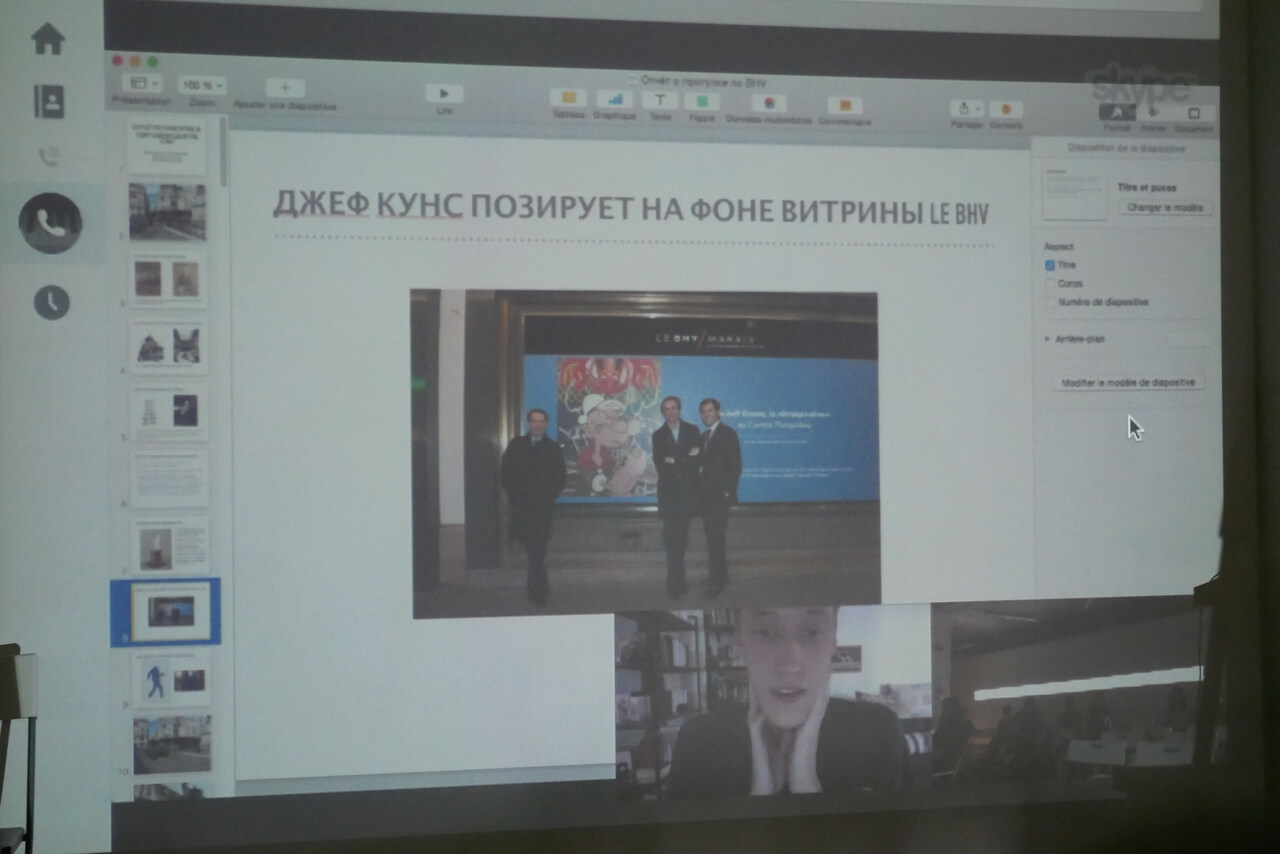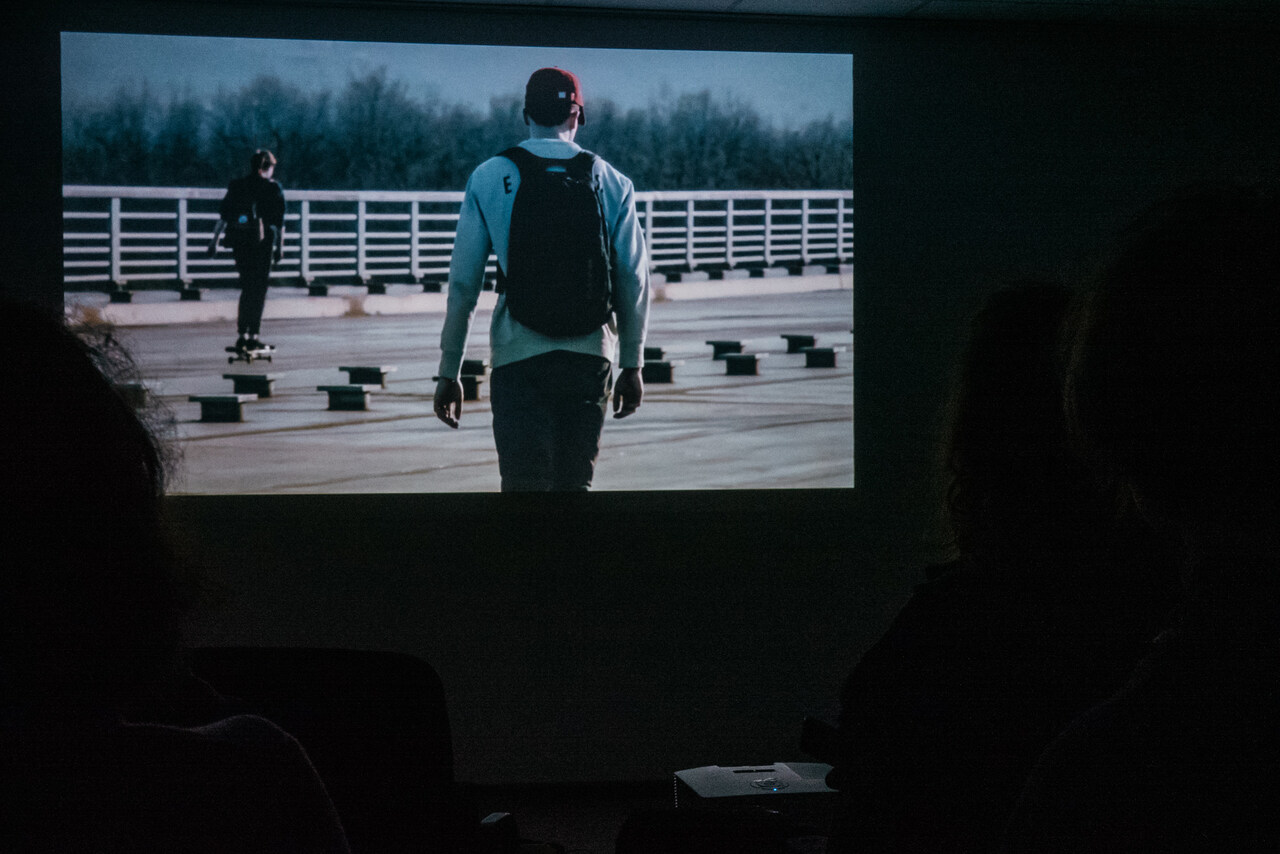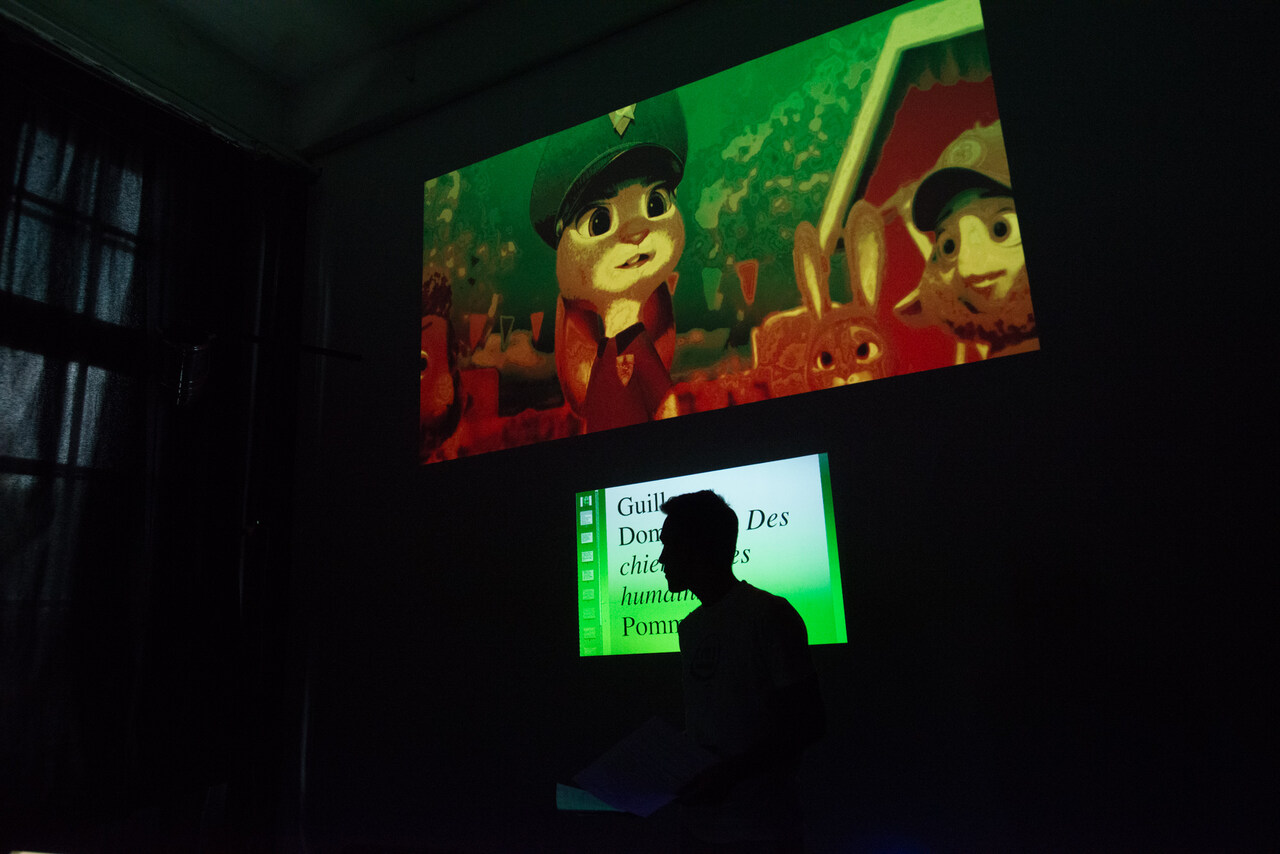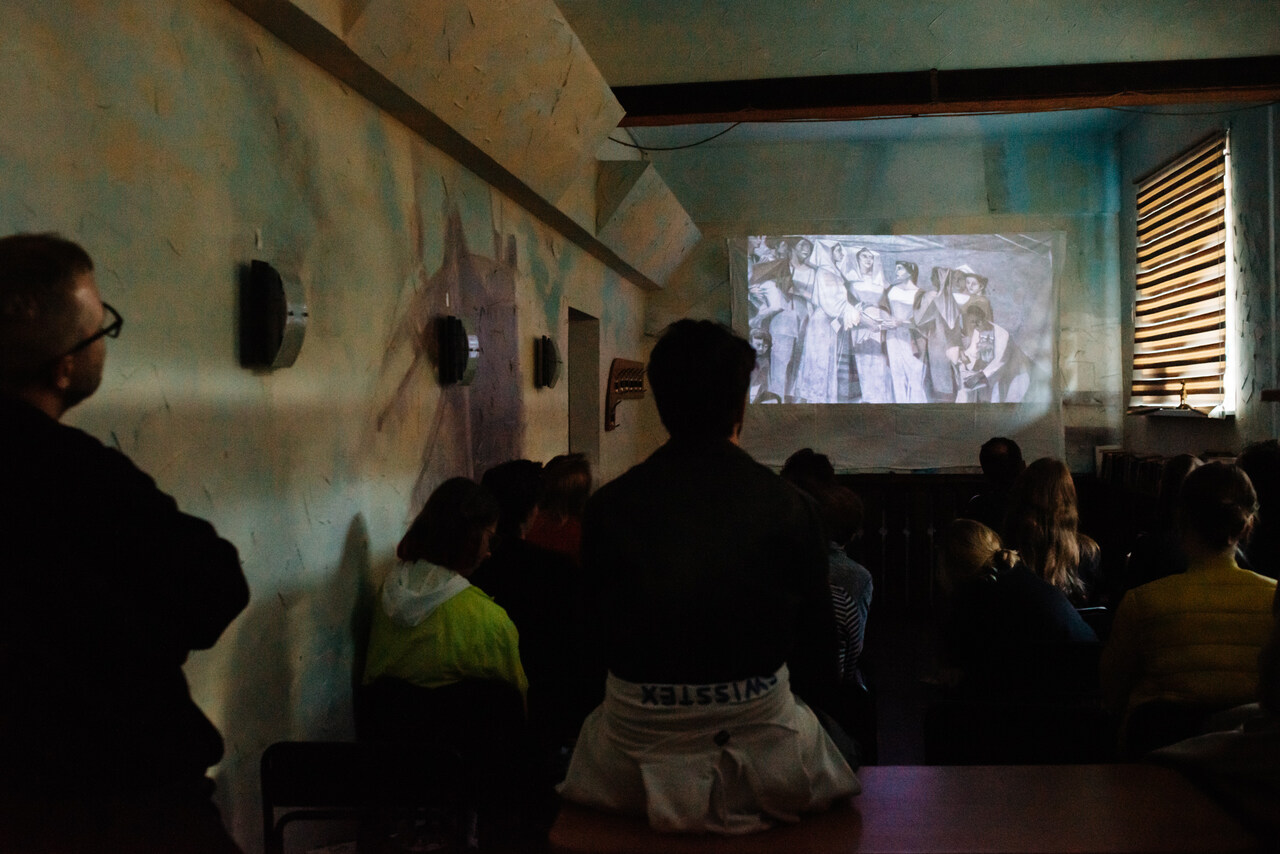It is obvious that urban public space and is constitute by a global political and economic interests. As a result there is a straight focus on consumerism and restrictive security precautions, especially in so called POPS (privately owned public spaces). Such spaces and public space under the phenomenon of neoliberal politic are transforming pedestrian gradually during the decades into a role of consumer. This conflict of interest is evident visually not only within a globalized homogeneous design, but also within its function that serve directly to encouraged to consumer behavior. The most criticized fact is set of rules that are established through a dominant control instruments for an assumed purpose of protecting a private property. Controllership of security agencies indirectly encourages the exclusion of certain social groups and other questionable consequences, such as bans on assembly and public production. Restriction is serious part of the design of so called hostile architecture (or defensive architecture), which discourage certain groups of people from dwelling in the area through sophisticated vocabulary of uncomfortable design and other psychological tools. This exclusion of “risk groups” and emphasis on the preference of a potential consumer corresponds with the situation of global market dominated by the interests of a narrow minority of investors instead of defending the interests of the wider public.
-
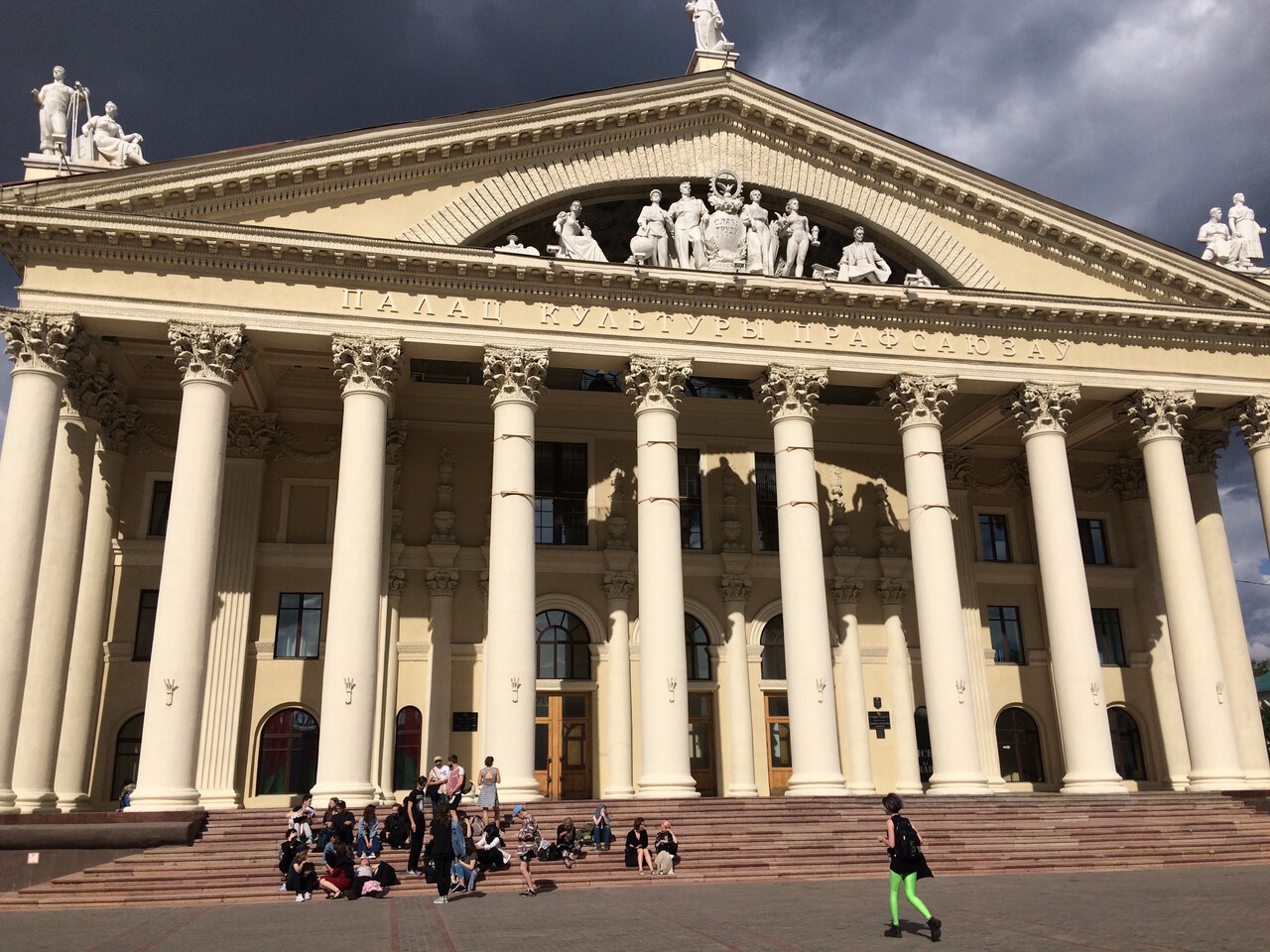 outsourcing, quick knowledge, social choreography, spontaneous grassroots alternative, exploitation of hidden motivation, psychodata, contingency, joy acceleration, national academy of sciences as witch, places of transparency, protocols of self-organisation, tongue and teeth of creativity, exclusion of non-perspective pedestrians, coincidance
outsourcing, quick knowledge, social choreography, spontaneous grassroots alternative, exploitation of hidden motivation, psychodata, contingency, joy acceleration, national academy of sciences as witch, places of transparency, protocols of self-organisation, tongue and teeth of creativity, exclusion of non-perspective pedestrians, coincidance -
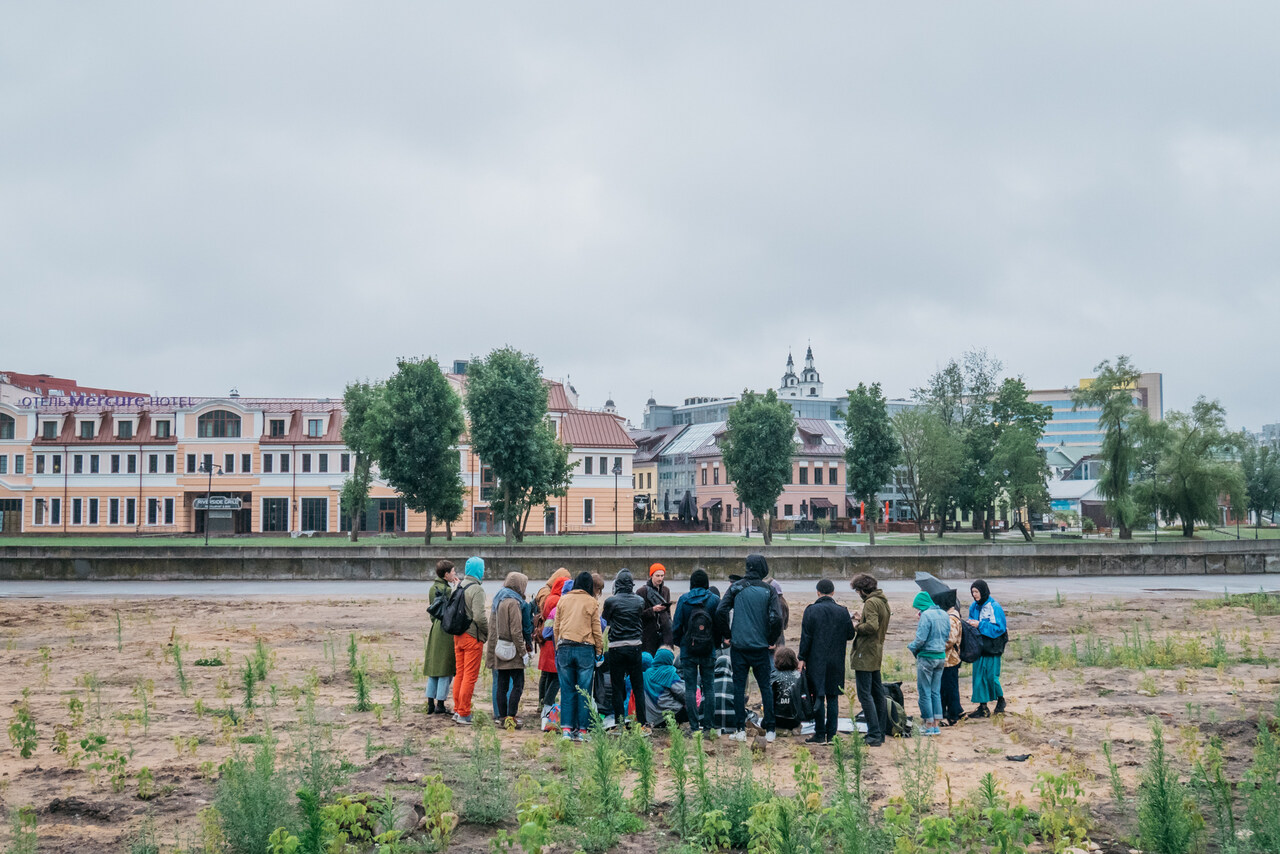
-
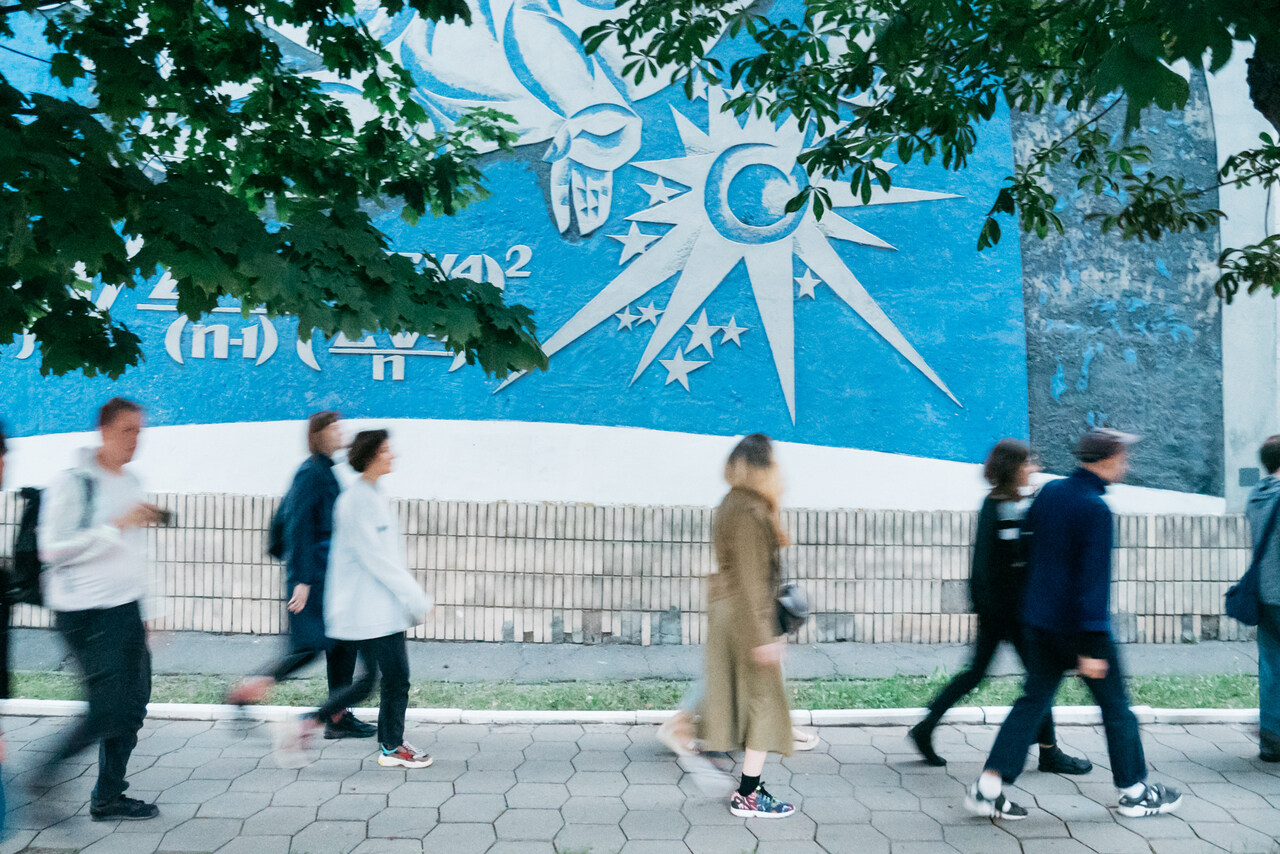
-
